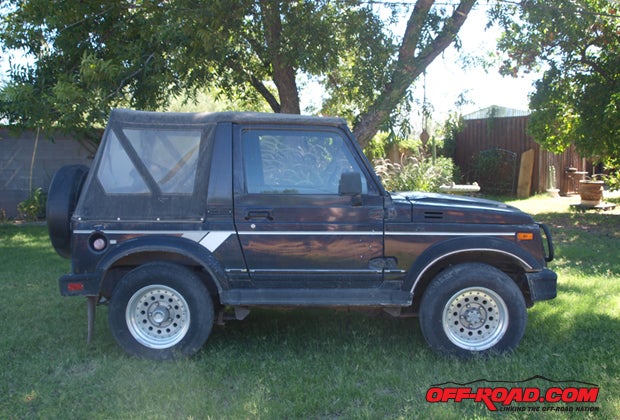
Why a Suzuki Samurai for a serious project? It’s a good question to ask, especially considering there are no new Samurais hitting the market. We asked Wes Holmes, the builder of this unit, exactly why.
“I've had a modified Suzuki Samurai and have used it for trail rides for many years,” Holmes explains. “It has been extremely dependable and virtually trouble free. A friend of mine named Michael Francis, first introduced me to the world of Samurais. His everyday driver was a long wheelbase ragtop Sammi, which is pretty rare. But he also had a rally hard top on his, which I thought was even more interesting.
Check out the first story of the build here:
Project Samurai, Part 1
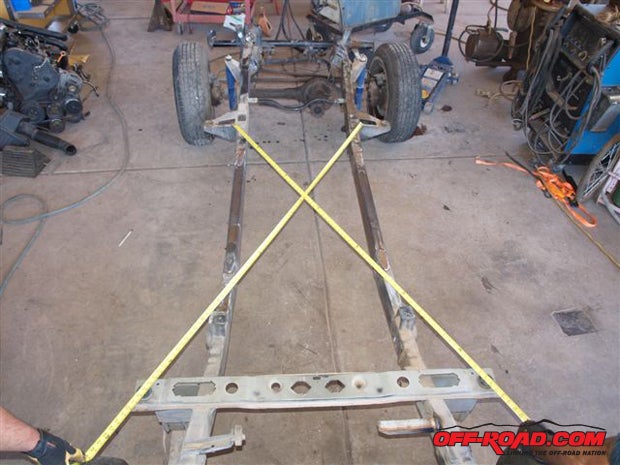
“In my hunt for a Samurai, I found a stock wheel base Suzuki in Cave Creek, Arizona, and picked it up for $500. My intention was to drop in a 1.9 L diesel, using an Acme Adapter kit and make a long wheel base out of it. But seeing my wife's 4-door Rubicon and how easy it was to get in and out of, it inspired me to turn mine into a 4-door as well. After finding out that I could get a top for my 4-door convertible from Rally Tops, it was now game on!"
This sent Wes on a mission to find an additional tub to be the donor that he would need to build a 4-door.
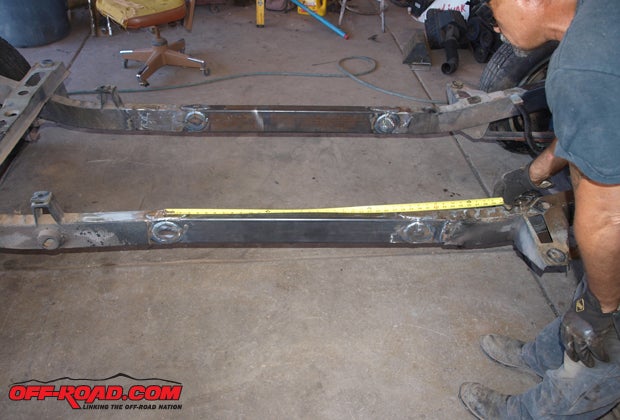
The doors were purchased from Zuks Off Road in Verde Valley, Arizona. He put out a broadcast on the homepage of Zuks of Arizona. Wes was contacted by a member named John, and he ended up with a free tub.
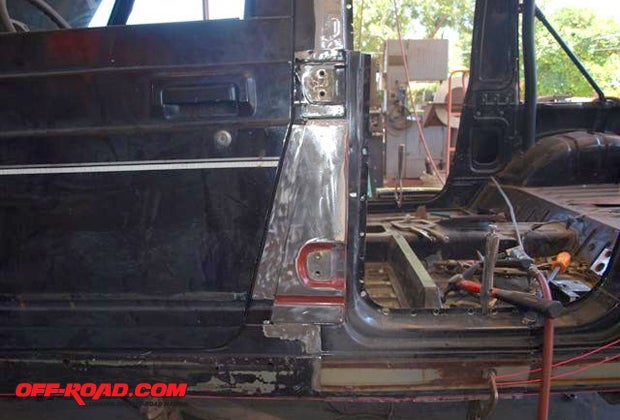
Having a structurally sound framework to hang the second set of doors from was imperative. This was accomplished by cutting out the hinge mounts from the donor tub and attaching it to the rear door pillar, which would eventually be attached to the cage to ensure strength. The factory spot welds were drilled out and this left extra material on the rocker panels, allowing the joints to be staggered when attaching the donor tub. This was duplicated on both sides.
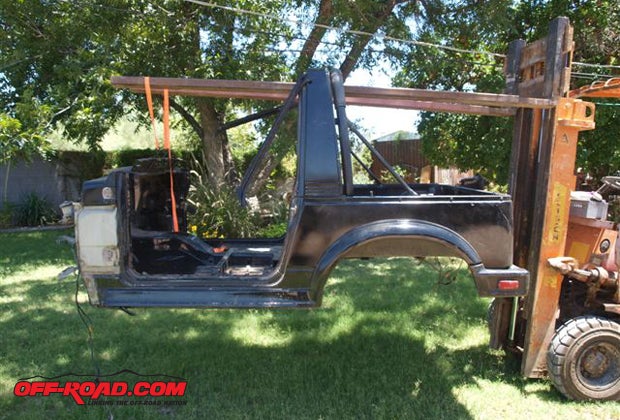
To keep the vehicle from looking like a bus, the rear doors had to be narrowed. Wes figured that the doors needed to be roughly 25 inches in length, which meant stretching the frame a full yard to make it all work and look right.
The Suzuki frame has no straight, or flat rails, making this a slightly difficult task to stretch. Normally, when you stretch a frame, you make your cuts on a 45-degree angle, but they were unable to do that on this frame. The cuts were square; when doing custom work, you need to have some flexibility. The square cuts were strengthened using round gussets.
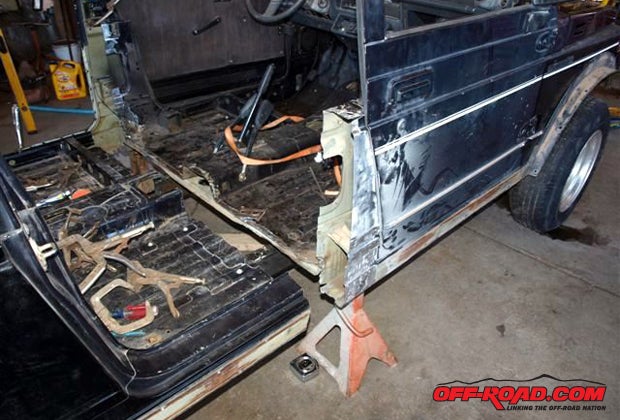
Later, a full tubular cage will be added to the frame, giving additional strength by serving as a truss. At this point, the back half of the tub was added to the stretched frame and hooked up to the rocker panels. This provided the needed space for the second set of doors.
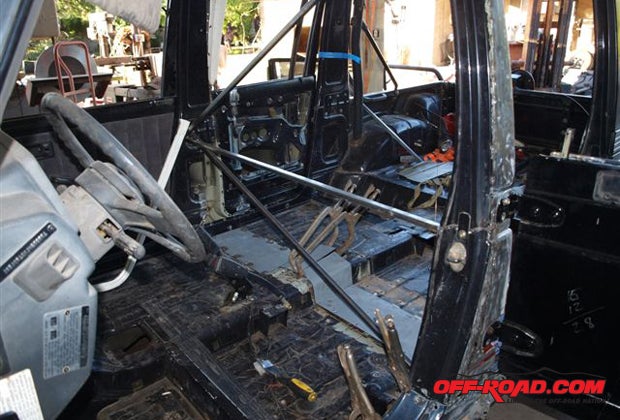
During fabrication, a simple string line comes in handy. It's crucial that your rocker panels and body lines stay straight. This basic tool and a straight edge will be critical throughout this build. A six-foot level was utilized for a straight edge. It's important that you not get in a hurry and weld anything up early in the build. Just tack things lightly in to place and keep double and triple checking for straight, square and true.
Making the rear doors the correct size and shape required a tremendous amount of time and work. White doors were used for mock up photos because the black door didn't show details as well.
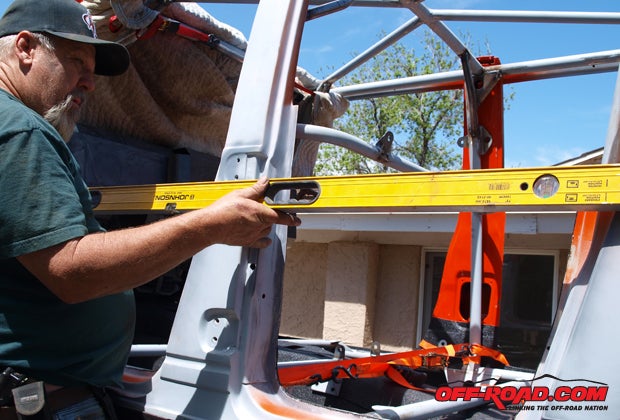
Initially, the target bar was narrowed and welded to the center door pillar, giving a flat surface for the door seals. Then, 3/4-inch square tubing was used to brace critical points on the center pillar and welded sheet metal was used in the floor to fill in gaps.
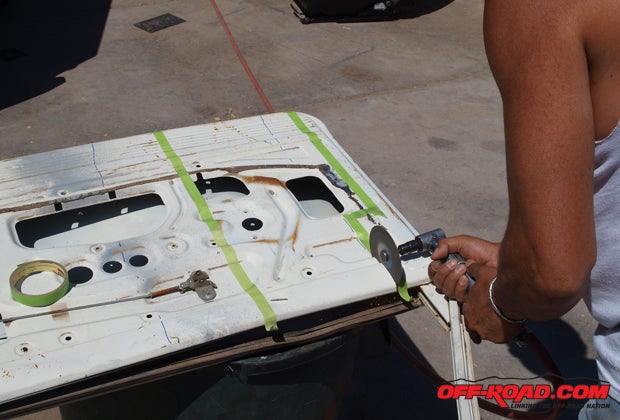
A grinder was used on the edge of the door to remove the lip and separate the door skin. Then the end was cut off the door where the hinges are. Next, 12 inches was cut out of the center of the doorframe, leaving the door skin longer than the doorframe by several inches. After getting the doorframe squared and tacked into place, the door skin was cut 1/2 inch longer than the door frame, and then the skin was bent over and dollied in place like the factory frame.
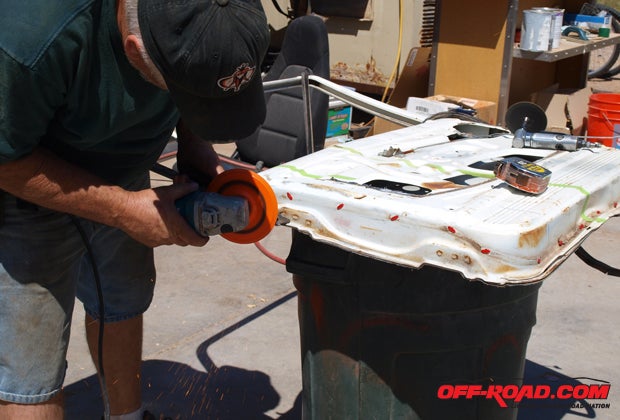
The doors were quite a task. Four sets of doors were used before finally getting it right. The door glass and track needs to able move freely without binding. Holmes initially tried to use a piece of wood paneling for the ‘glass’ but couldn't get it to move up and down smoothly. The wood didn't have the curve needed to fit properly in the shape of the door. He was ready to have very expensive custom glass made when his wife's Jeep came back into play. Turns out that the back window of her 4-door '09 wrangler fits exactly, and it's a lot less expensive than having one made. With the glass in place, it was now much easier to square things up. Tack welds were now permanently welded.
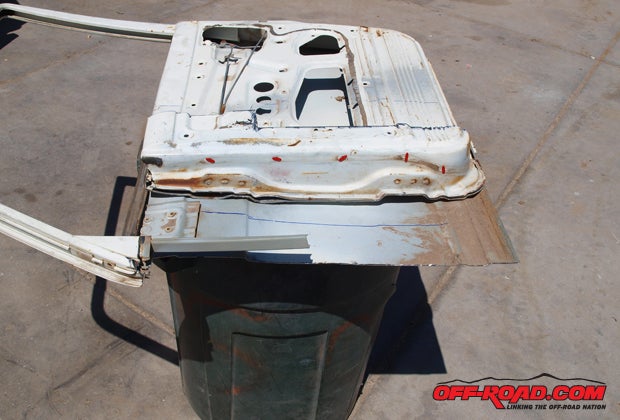
The back window opening is not square, so Wes had to make a custom track for the window to set in. He used the wing window guide from an early model Ford Bronco because it had close to the same curve we needed and then fabricated it to make it fit. This gives the window a channel to move up and down in. The top of the window opening is larger than the bottom, making this track necessary. Aluminum was used to fill in the difference between the window track to the window frame.
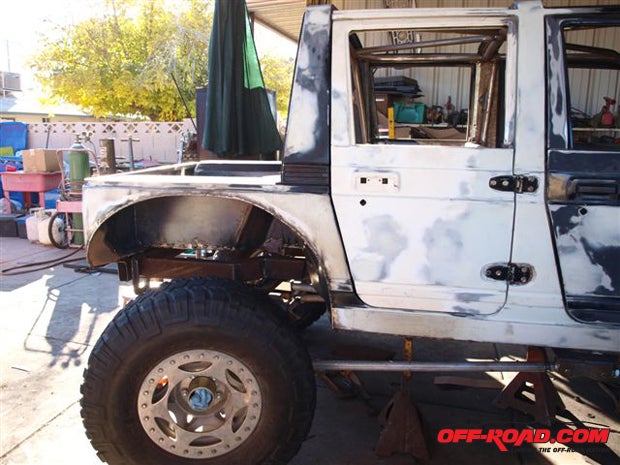
Getting the door latch linkage was simple. Wes simply made a mark on the rod for the length needed, put it in a vice, bent it Quality German Auto ensued and Wes purchased a 1.9l Diesel engine.
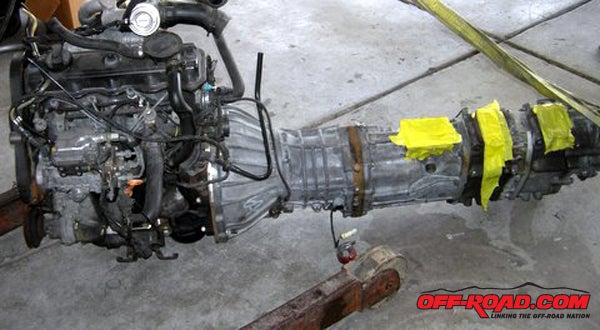
The engine was then bolted to the transmission with the Acme Adapter kit (it comes with flywheel, motor mounts and adapter), and then bolted the dual transfer cases to transmission using the Advanced Adapter. Naturally, transfer case mounts and a cross member were built from scratch.
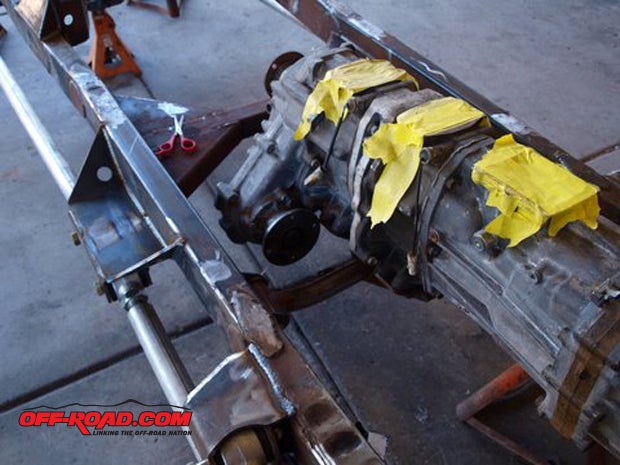
Check out the first story of the build here:
Project Samurai, Part 1
SOURCES
MITTLER BROS.
Machine and Tool in Wright City, Missouri.
800-467-2464
QUALITY GERMAN AUTO PARTS
http://www.qualitygermanautoparts.com/
909-391-1113
534 W Brooks St.
Ontario, Ca.91762


 Your Privacy Choices
Your Privacy Choices